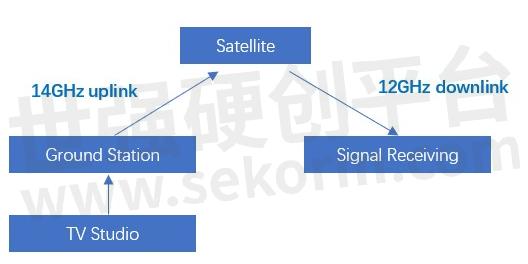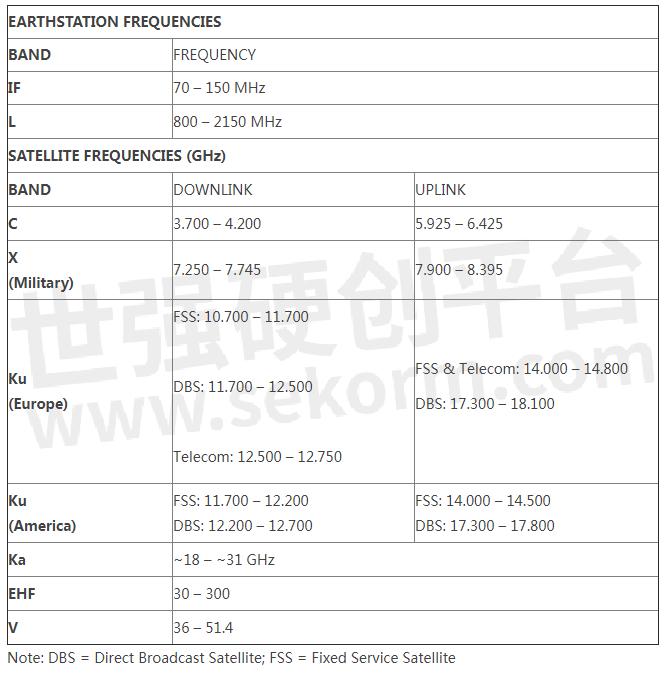5 Clues Help Understanding the DBS Band

In this article, UIY is going to introduce the DBS band from five points: the definition of DBS, how it is transmitted, how it features, how it develops, & satellite frequency bands.
Definition:
DBS, or Direct Broadcasting Satellite Service, usually refers to the use of geosynchronous orbit satellites to radiate a certain area on the ground with high power, and transmit information such as TV entertainment and multimedia data to small groups and family units, benefiting the majority of users. A satellite broadcasting service.
Full name: Direct Broadcasting Satellite Service
Abbr.: DBS
Diagram of Transmitting

DBS Features:
Compared with traditional communication satellites, live broadcast satellites have the following characteristics:
Satellite beams are narrow and cover a certain country or region only;
Satellite radiation power is large, the common EIRP (equivalent isotropic radiated power) is greater than 48dBw;
User antennas are small and large in number, Typical receiving antenna diameter D = (0.5 ~ 1.0) m, low cost.
The Development of DBS:
Due to the broad prospects of DBS, WARC (World Radio Administrative Conference) in the 1970s stipulated the working frequency band of live broadcast satellites.
In the mid-1980s, DBS which is based on analog technology was spreading widely. Europe and Japan took the lead in establishing Ku-band live broadcast satellite systems.
In the 1990s, the development and application of digital compression technology injected new vitality into DBS.
People can digitize TV images (source coding) and compress the image bandwidth of hundreds of Mbit/s to several Mbit/s (channel coding), so that each satellite transponder can transmit several or even a dozen channels of image information, so as to realize more effective image data transmission, storage and interaction, which remarks DBS entering the digital era.
Satellite Frequency bands:
Here listed the common satellite frequency band for references. Among them, the European DBS band are: 11.7~12.5GHz downlink, 17.3~18.4GHz uplink; American DBS band are: 12.2~12.7GHz downlink, 17.3~17.8GHz uplink.

- +1 Like
- Add to Favorites
Recommend
- Installation of UIY Surface Mounting Isolator/Circulator
- UIY Released New 180° 3dB UIY2T2HC4040A, Operating Over 6-18GHz Ultrawide Band, Insertion Loss Less Than 1.5dB
- UIY INC. Exhibits at 2024 IMS Washington D.C. 18th~21th June
- Things You Need to Know About Combiner and Duplexer
- Frequency Bands Suitable for Satellite Communications
- Microstrip Isolator/Circulator Mounting Instruction Manual
- Installation Instruction of Drop In Isolator & Circulator
- What Should We Pay Attention to When Use The RF Isolators/Circulators?
This document is provided by Sekorm Platform for VIP exclusive service. The copyright is owned by Sekorm. Without authorization, any medias, websites or individual are not allowed to reprint. When authorizing the reprint, the link of www.sekorm.com must be indicated.





























































































































































































































































































































































































































































































































































































































































































































































































































































































